Budget… arguably the least fun yet most essential aspect of finding your dream dress. Putting a price on a dress that you’ll remember for the rest of your life but only wear for a couple of hours is no easy task. Every bride’s dream is to find the perfect dress, at the perfect price. Wedding Wingmen Monica and Tori of Platinum Bridal share exactly why wedding dresses are so expensive, plus budget mistakes to avoid.
The average bride spends around $1,600 on her wedding gown. However, some brides spend much more and much less. First things first, you should take a look at your overall wedding budget. You should not only have a budget in place before wedding dress shopping, but you should wait until most of your vendors and big-ticket spending is already done. Not only will this give you a better idea of how much you can spend, but details such as time of year and venue could impact the dress you choose.
After you determine how much you can spend, it’s important to research prices of dresses you like. The value of a wedding dress can be determined by the amount of appliqué, quality of material, and the structure of dress. Starting with a ballpark budget range, gives you and your bridal stylist a place to start when pulling dresses for you, with the flexibility to go up or down in price.
Wedding Wingman Wisdom
“Keep in mind details equals dollars. When you are choosing your wedding dress and you are into bling, heavy beading, lots of lace, or long sleeves, all of those things are going to add to the price of the dress. So if you come in with a modest budget and you want the details, you might want to increase your budget to get everything you want for your wedding dress.”
Appliqué:
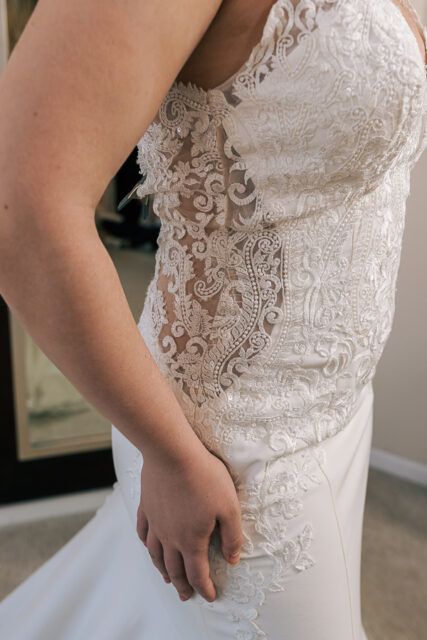
A good rule of thumb is typically the more intricate the dress, the more expensive it will be. Embellishments and appliqués such as beading, crystals, lace, ribbon, pearls, or buttons can transform a simple dress into something show-stopping, but there’s often a price to pay. Often these embellishments are hand sewn on with nylon thread which adds to their value.
Sometimes lower budget clients feel like a dress is too plain and missing appliqués and details. This can be remedied with accessories (which can be much less expensive than an alternative dress). However, Monica and Tori warn “The key is to love the dress first, then accessorize.” Some brides will go a bit overboard and over budget to make up for it and it ends up costing them in the long run. Done right, accessories can complete your bridal look from head (adding a veil) to toe (don’t forget you need shoes!) So don’t forget to factor bridal attire outside of your dress into your budget.
Material
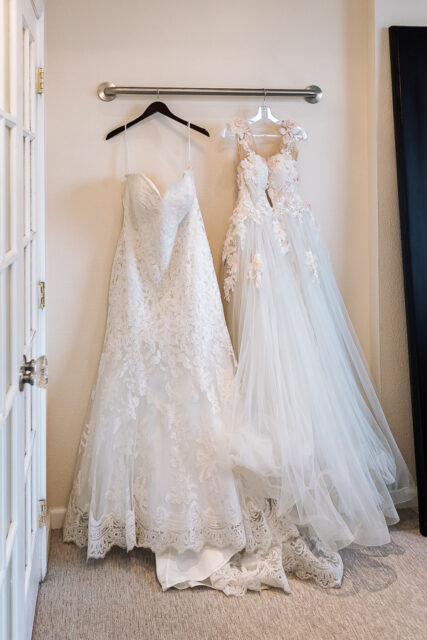
While affordable wedding dresses will use the same fabric as more expensive dresses, they are not cut from the same cloth. For example, mikado is a type of clean and structured silk fabric commonly used in bridal. However, cheap mikado tends to be too thick of fabric that easily bends and creates creases and lines all over your dress.
When purchasing a dress online, you run the risk of not being able to try the dress on. You may not be able to see the difference between cheap and higher quality fabric, but you can definitely feel it – and sometimes hear it. A-line dresses specifically, will use crinoline, a stiff and structured fabric, under a dress to make it poof out. Material quality is key here, as a cheaper crinoline will bunch up and you can hear it rub together when you walk.
Structure:
You have to feel good to look good! Confidence in a dress is one of the biggest selling points. Dresses with structure will help your dress fit like a glove over your body. For example, Megan Markle’s simple, yet elegant, long sleeve wedding dress was made from crepe fabric. When using a high-quality crepe, brides will feel as if they have shapewear on as it provides structure to the dress.

On the flip side, while you’ll save money on cheap or low-quality crepes, you’ll be able to see every lump and bump on your body through the dress. Often this leads a bride to head to a tailor to alter their dress to be more flattering to their body. Alterations are not included in the dress price and can cost anywhere between $100-$500. If you’re running into alterations over $500, Monica recommends opting for a different dress as,
“The dress should work for you, not the other way around! Chances are, there is a better fitting gown out there that won’t break the bank.”
Our final wedding dress shopping tip is don’t feel pressured by any sales tactics such as 10% off if you buy today! Buyer’s remorse can happen whether you’re over or under budget. Shop early, especially if online, to give yourself time to make returns if needed and avoid added fees such as rushed shipping. Also, don’t forget to factor sales tax and shipping into your budget! Now you can say yes to the dress, without budget stress!
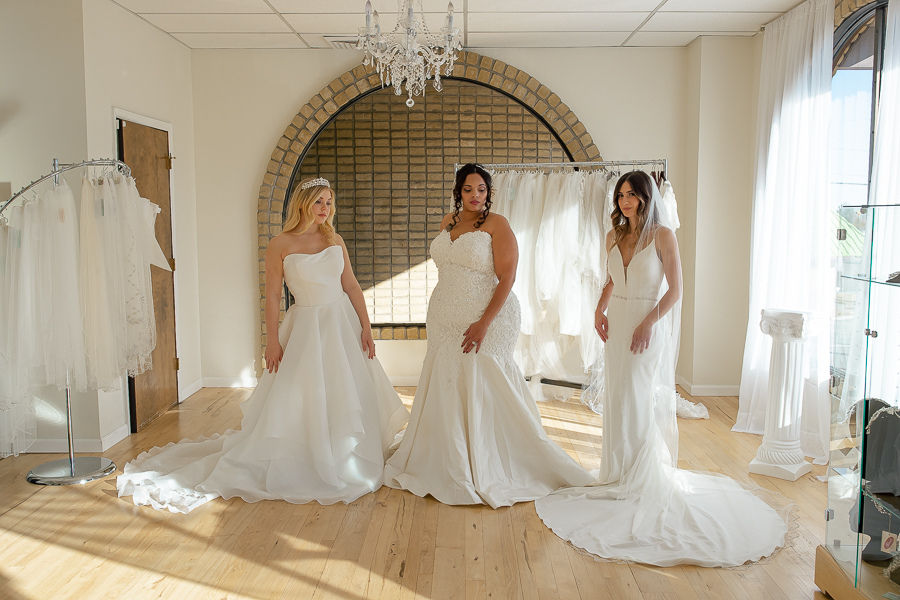
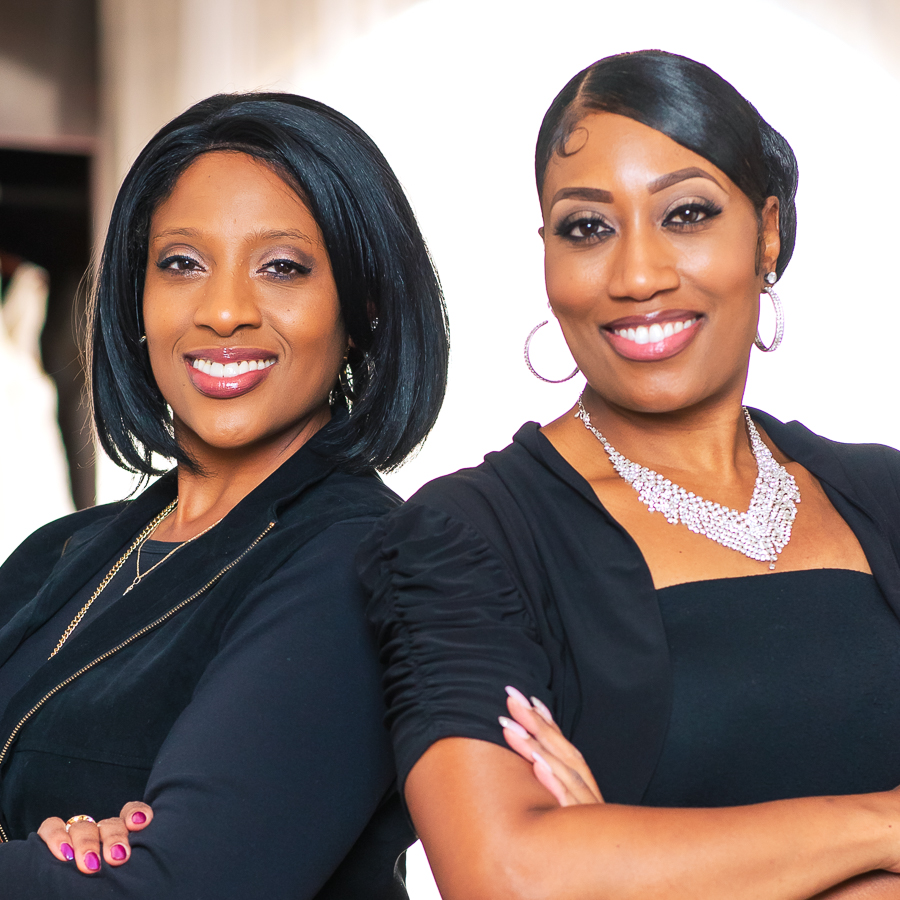










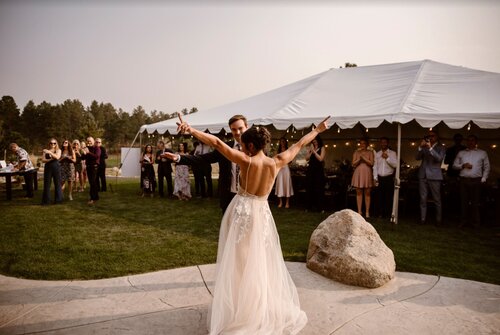
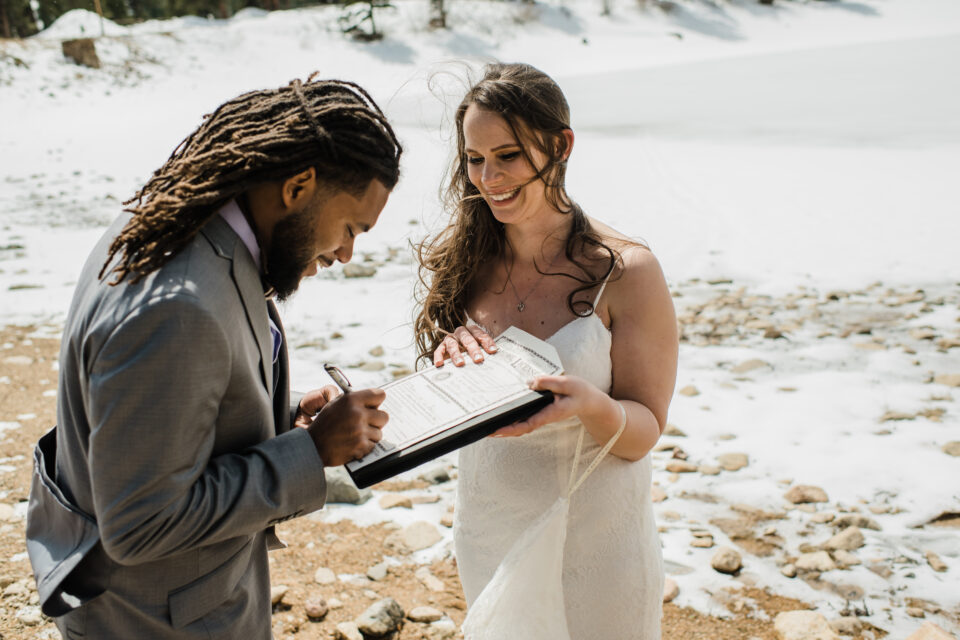
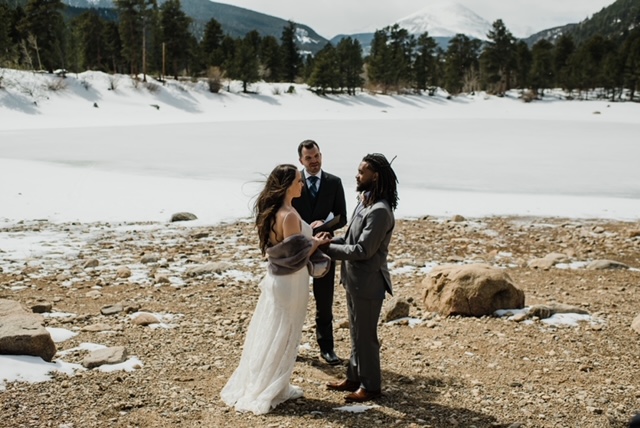
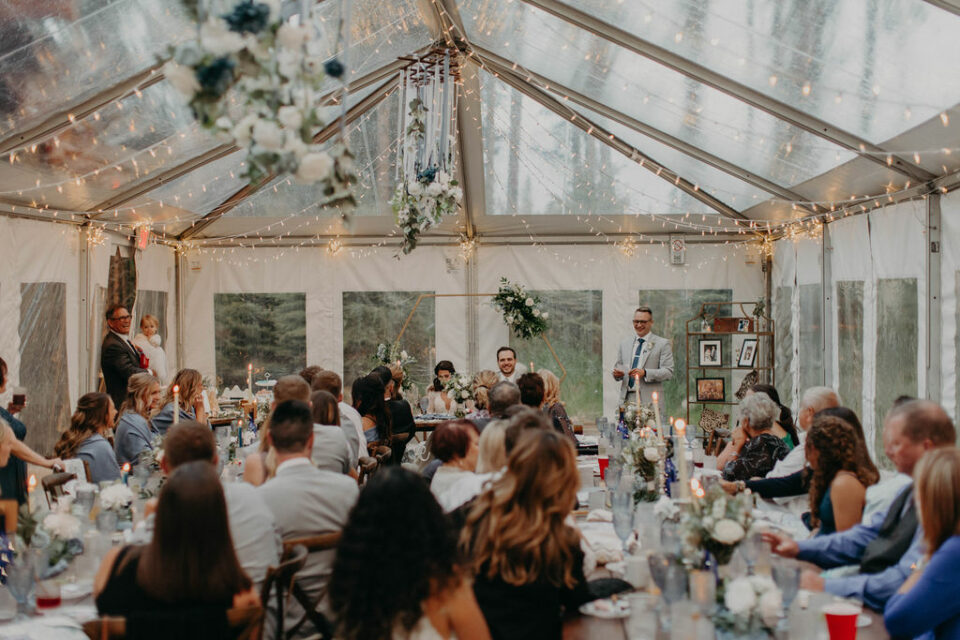
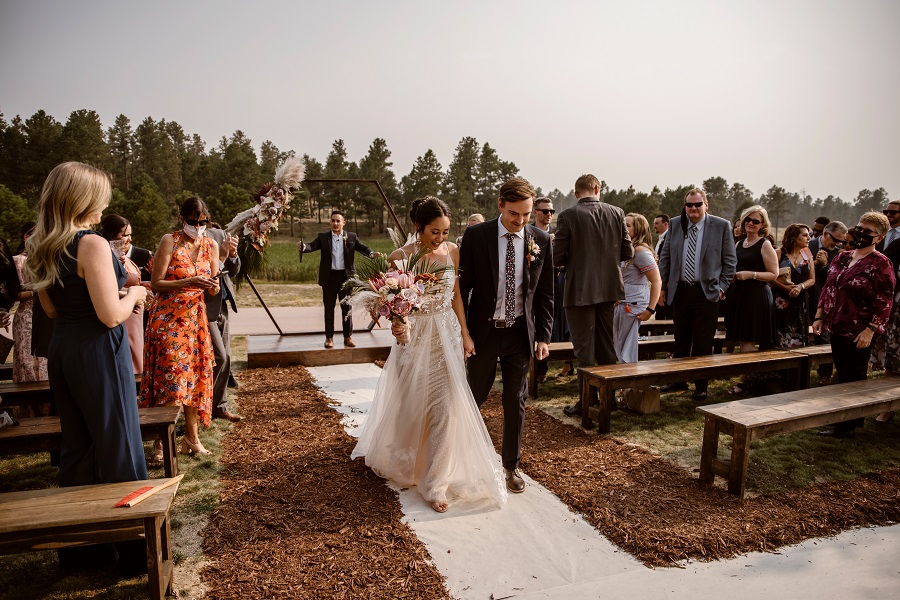



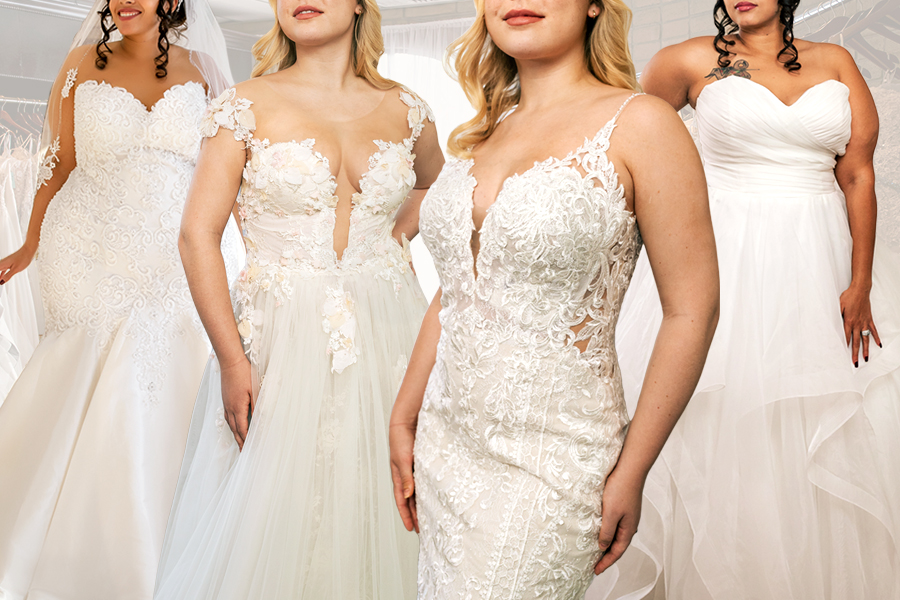
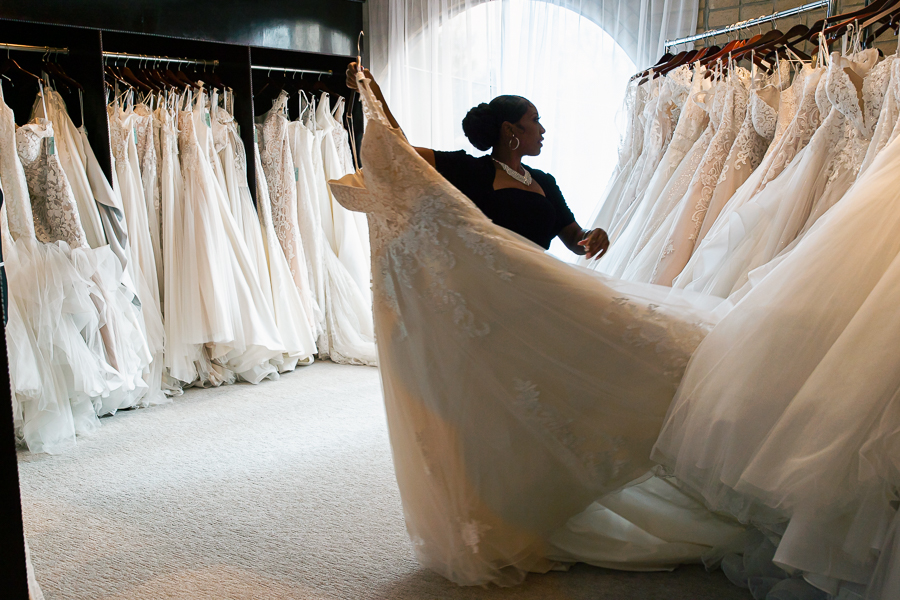





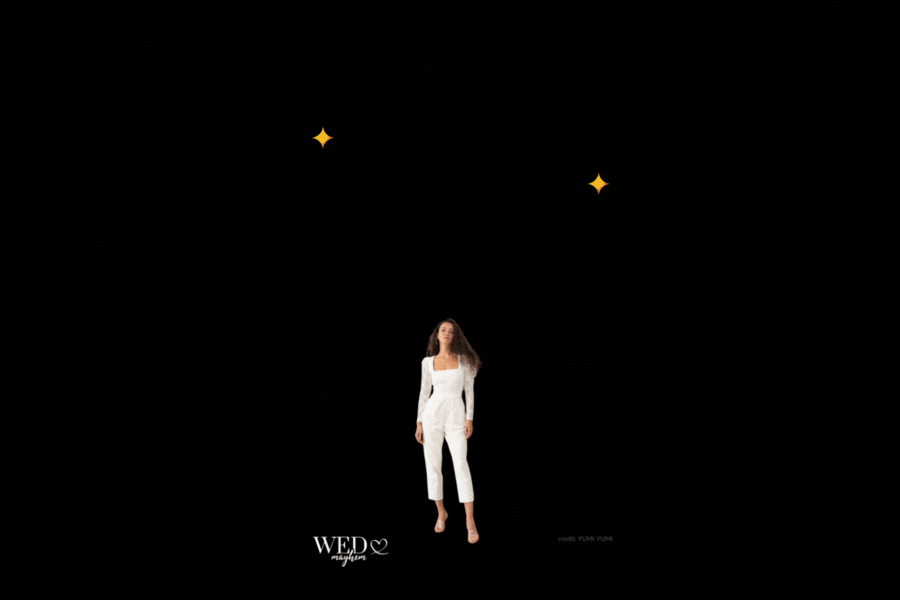

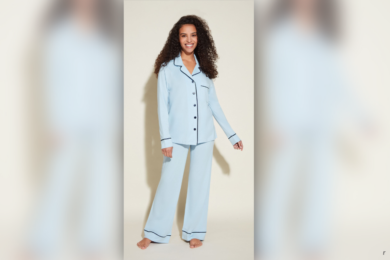
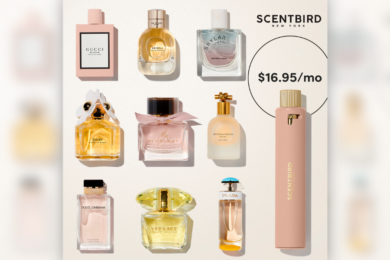
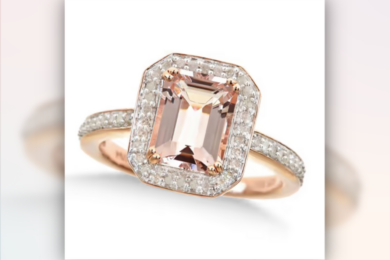
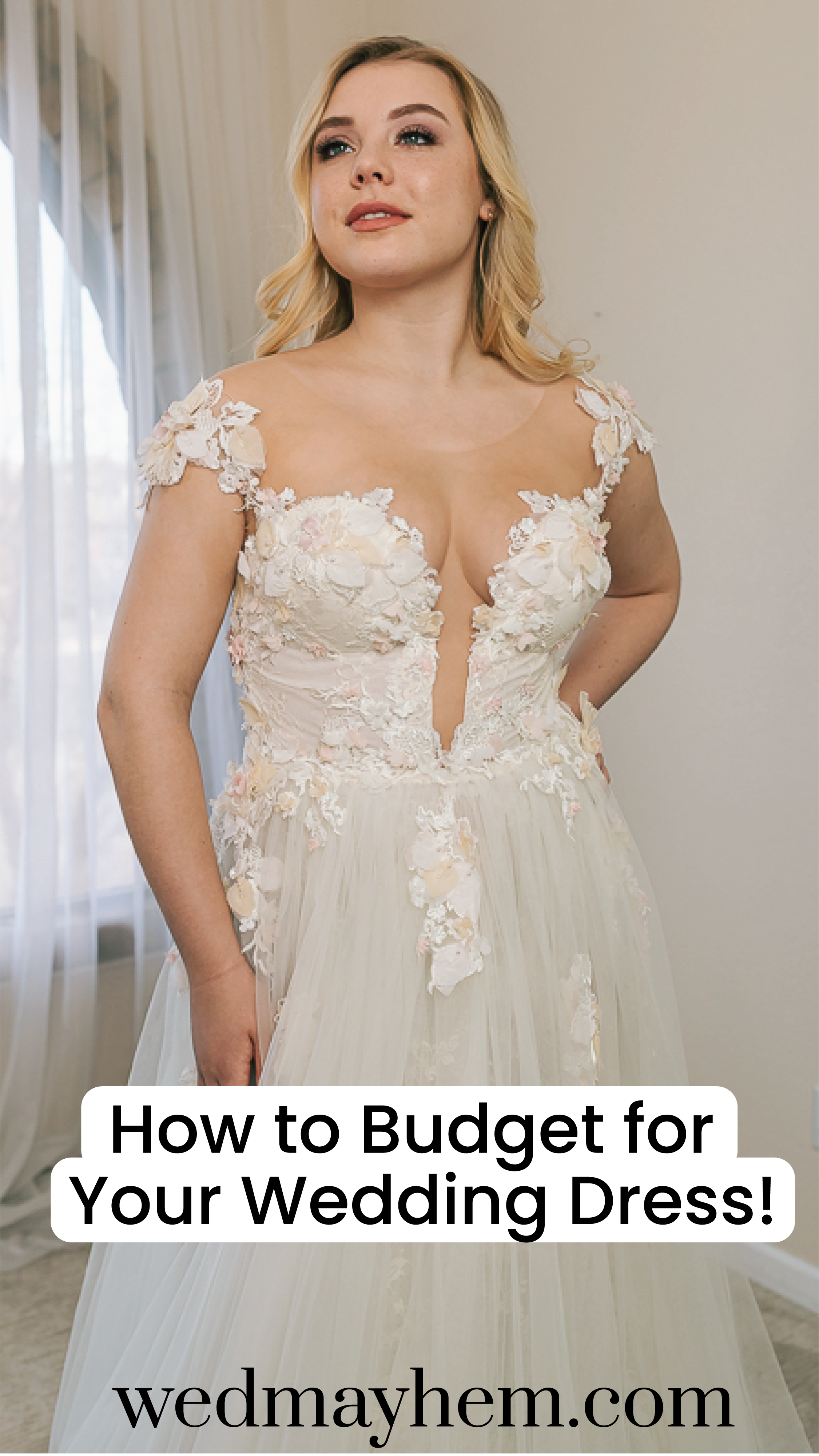







Veronica
Life!